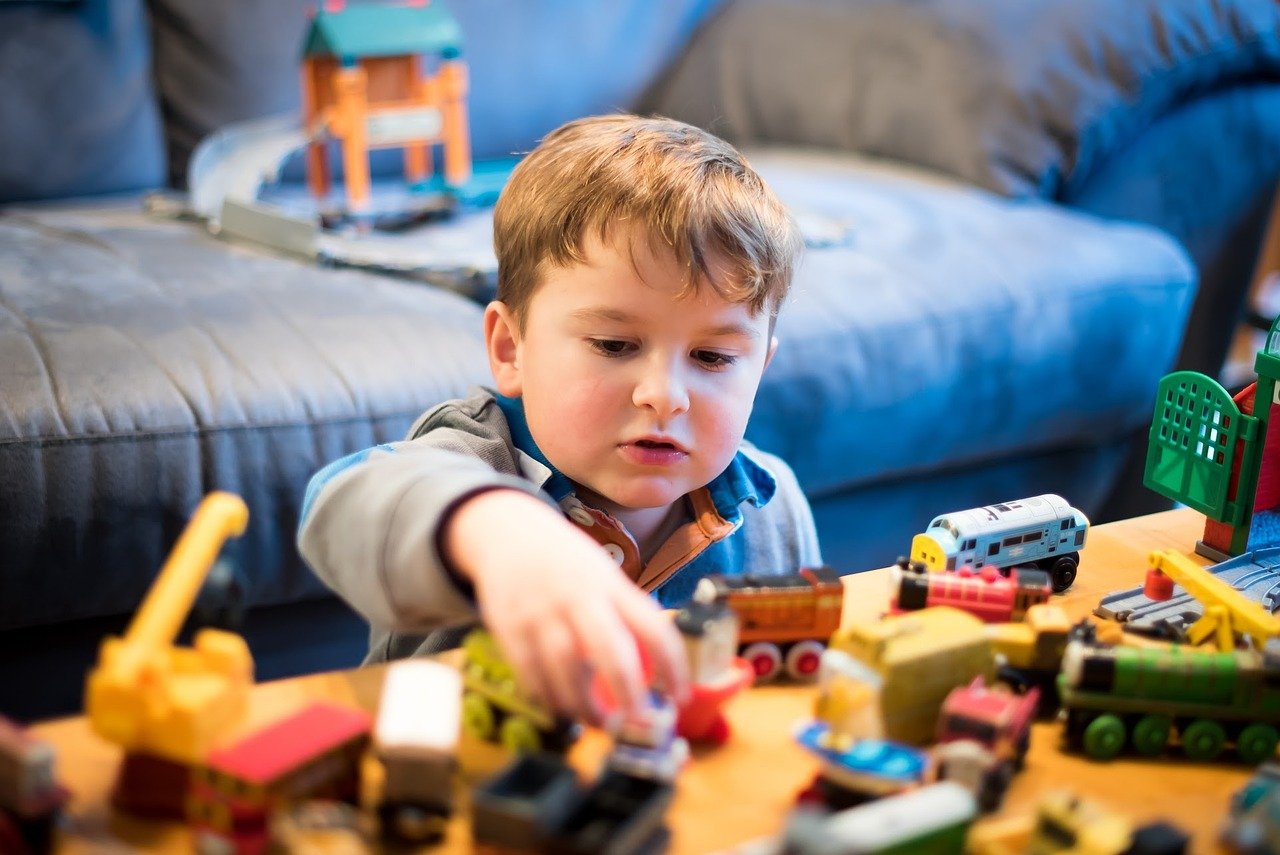Embracing Safety: A Parent’s Guide to Ensuring Your Child’s Toy-Time Bliss!
 The essence of introducing toys into our children’s lives is to provide them with joy and amusement. However, woven into this delightful experience is the crucial responsibility of ensuring that these toys are not just fun but, more importantly, safe for our little ones. Let’s explore ten caring and loving steps you can take to guarantee your child’s enjoyment while prioritizing their safety.
The essence of introducing toys into our children’s lives is to provide them with joy and amusement. However, woven into this delightful experience is the crucial responsibility of ensuring that these toys are not just fun but, more importantly, safe for our little ones. Let’s explore ten caring and loving steps you can take to guarantee your child’s enjoyment while prioritizing their safety.
1) Follow the Age Guidelines:
Always take a moment to read the age recommendations on the packaging. This information, typically in smaller print and tucked away, guides you on whether the toy is suitable for your child’s developmental stage.
2) Consider Your Child’s Behavior:
If a toy includes small parts, assess whether your child is behaviorally mature enough to handle them, even if they fall within the recommended age range. Every child is unique, and understanding their temperament is key.
3) Supervision is Key:
Never leave a child unattended with toys that contain small parts. Continuous supervision, especially if the toy has small components, is essential. Avoid letting children run with toys that have sharp edges or protruding points.
4) Prevent Mouth Exploration:
Discourage your child from putting toys in their mouth. In case you catch them doing so, firmly intervene with a “no.” While it’s not always necessary to take the toys away, close supervision is crucial.
5) Stay Informed on Recalls:
Stay updated on consumer protection notices and product recalls. This information is vital, providing real-time data on the safety of specific products and any recent defects discovered.
6) Non-Toxic Art Supplies:
Ensure drawing markers, paint, or crayons are labeled as non-toxic. Look for a seal indicating these findings on the packaging. Prioritize your child’s safety in every art adventure.
7) Inspect Paint Quality:
Check painted toys for chipping or peeling. It’s crucial to avoid potential hazards, especially if there’s a risk of the paint ending up in your child’s mouth or eyes.
8) Flame Retardancy is a Must:
Verify that toys and dolls are flame retardant. This simple step contributes significantly to your child’s safety.
9) Beware of Cheap Imitations:
Ensure that the toys you purchase are genuine products and not cheap imitations. Quality matters when it comes to your child’s safety.
10) Monitor Messages and Ratings:
Stay vigilant about the messages and ratings associated with toys and games. In a world where influences abound, it’s essential to ensure that the toys align with positive values suitable for your child’s age.
Embrace the responsibility of creating a safe and joyful environment for your child’s playtime. By following these steps, you not only guarantee their happiness but also provide them with a nurturing space to explore, learn, and grow.

 The world of childhood is one of wonder, curiosity, and boundless imagination. In this enchanting realm, toys act as catalysts, playing a pivotal role in shaping a child’s developmental journey. Let’s delve into why it is paramount for children to play with toys and explore the myriad benefits that accompany this fundamental aspect of their growth.
The world of childhood is one of wonder, curiosity, and boundless imagination. In this enchanting realm, toys act as catalysts, playing a pivotal role in shaping a child’s developmental journey. Let’s delve into why it is paramount for children to play with toys and explore the myriad benefits that accompany this fundamental aspect of their growth.